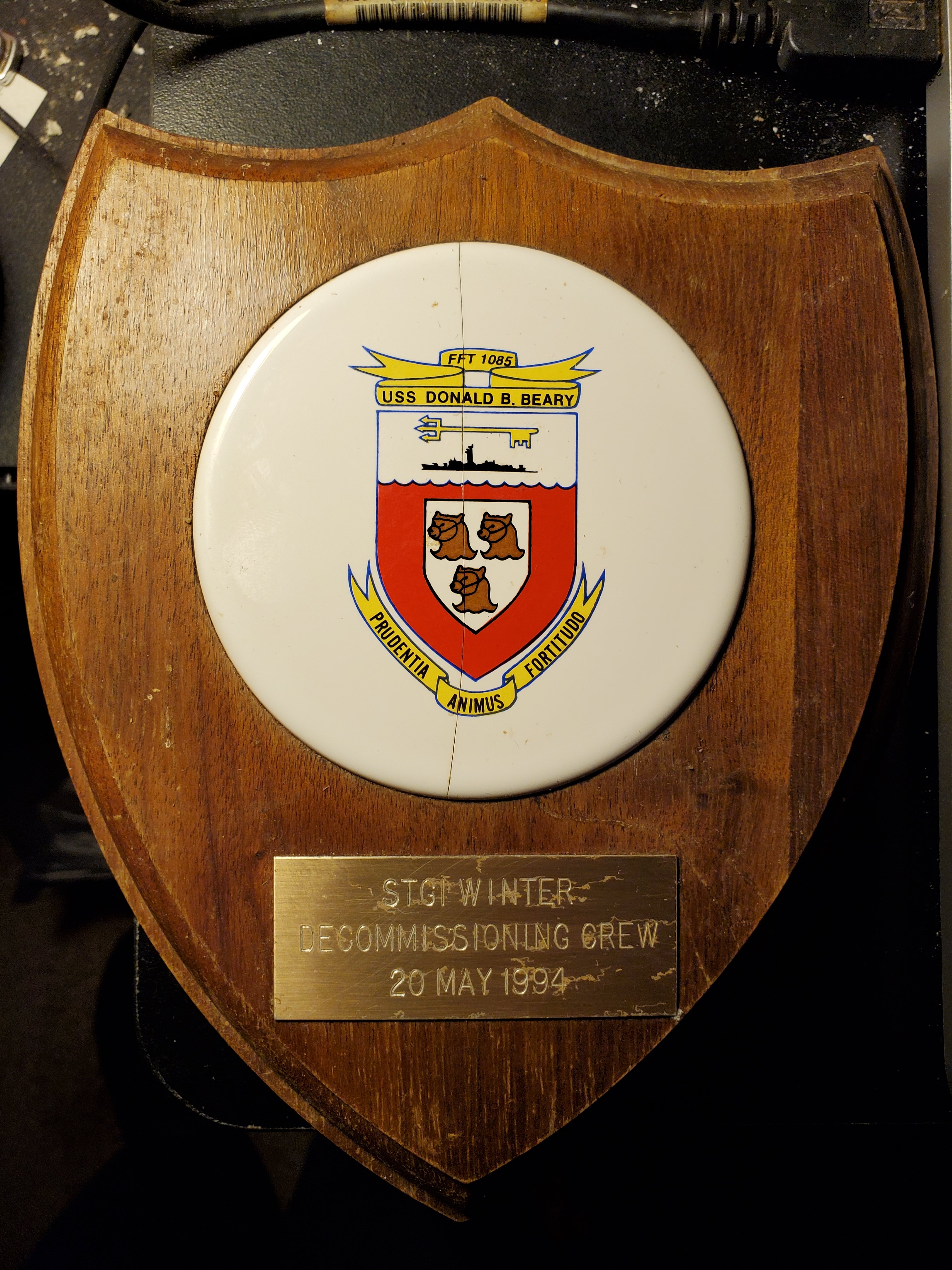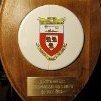-
Posts
496 -
Joined
-
Last visited
Content Type
Profiles
Forums
Gallery
Events
Posts posted by Oldsalt1950
-
-
Whomever the ship is, we all know that it will be a very interesting and beautiful kit to build and display. Time for a lot of us to determine if we have room for another ship in our abodes.
Jim
-
Dave, are you planning on painting the hull once you are done planking? Then by all means single plank. Whichever way you intend to plank, you will be spilling and may need a steeler or two.
- Keith Black, mtaylor, Mr Whippy and 2 others
-
 5
5
-
-
-
-
-
You can always come back and put in the plates that cover the small portion of the bow you haven't done
-
-
Frank, you are off to a good start. While you wait for things to cure, take a look at all the build logs for your particular build. It saves a lot of heartache in the end. You might also look at the build logs for the MEDWAY longboat as the hull construction is very similar.
Jim
-
The A-10 both versions single and dual seat all weather were developed on Fairchild - Republics money. The dual seat version came about because the Air Force needed a trainer for prospective A-10 pilots. Fairchild lost the trainer plane contract to Cessna which was really a shame since Fairchild's was willing to convert single seat versions of the a-10 to dual seat all weather aircraft for the cost of 6 million dollars to refit the planes doing both the structural and avionics changes in that price. The turn around time would have been 3 months in blocks of 100. I should know because i worked for Fairchild at the time as an aircraft finishing painter.
-
Take your time with the bulkheads and start in the center and work out. The key alignment spot is the top of the frame . Be sure and mark the deck line and waterline. Also make sure the rabbet is deep enough. You can get real close if you can find a piece of scrap that when laid against the frame leaves 1/32 exposed. Use a pencil to mark along the frame, then flip the frame over and do it again. You now have the sanding line established.
-
I ordered cleats and blocks from Syren. The stern decoration can be made passable, but it takes some work. Sand it thinner, spread it a bit to match the curvature of the transom and it will suffice. Those brittania pieces are for the most part useless.
- Keith Black, Edwardkenway, Dave_E and 2 others
-
 5
5
-
-
-
-
Here is a link to a Facebook page with tons of pictures and artwork of Tall Ships: All Things Tall Ships | Facebook
- gulfmedic1, mtaylor, Keith Black and 1 other
-
 2
2
-
 2
2
-
Mark let the wood sit for 72 hours so it stabilizes then see what it looks like. If it is still warped you have a few options. Since it is relatively thin you can try ironing it flat by placing it laser etch side down go slowly over the entire sheet to remove the warp. Once you have done that and it is lying flat again place the decking sheet on a known flat surface and place some weight across the entire surface and let it sit for another 72 hours. I realize this means putting construction on hold for a bit but you should then have a flat sheet of decking to work with.
Jim
- mtaylor, thibaultron and Canute
-
 3
3
-
How much sanding will depend a lot on what the final finish on the hull will be. Will it be painted or are you leaving it natural wood with a clear finish? Single plank, or double planked? The object is to get the hull smooth to the touch not necessarily all the planks even in height. If you are using an electrical palm sander to sand the hull let the tool do the job rather than applying pressure to it. Start with 240 grade paper and gradually move to about 400-600 grit. Use a tack cloth or lightly moistened paper towel between sanding's.
-
-
Welcome to the forum. I like your plan, go big and stay at home working on building modeling skills. You have a great selection of kits to start with and they will definitely help you along your journey. I noticed you said you also bought a bunch of tools and supplies; I hope that you ordered a bunch of clamps of just about every type available. You can never have too many clamps. You will find that out as you start getting into your builds. It is not uncommon to have 16 or more clamps along the frame of a build holding things in place. You will also find that there will be times when you will want to build out of sequence from the instruction for convenience sake, so read through the instructions a few times and make notes of where you want to change things up a little. When in doubt ask. Someone here will have an answer for you. Above all else take your time and have fun.
Jim
- Keith Black, mtaylor and Dave_E
-
 3
3
-
Dave, MS calls their supplied lines as a cotton /poly mix. I would take their line and hang it over a shower rod with the ends weighted to remove the kinks that may be present. Be sure and label the size. When you get ready to actually use the line for rigging, cot the end at a slight angle and apply a little ca to it so it is stiff and won't unravel as you are working with it.
-
Welcome to the wonderful world of model ship building. You have a plan that should work, and when it doesn't you can just pop in here and ask questions. Someone here will have the answer you need.
- Keith Black, mtaylor and Dave_E
-
 3
3
-
-




Chris Watton and Vanguard Models news and updates
in Traders, Dealers, Buying or Selling anything? - Discuss New Products and Ship Model Goodies here as well!!
Posted
Chasseur